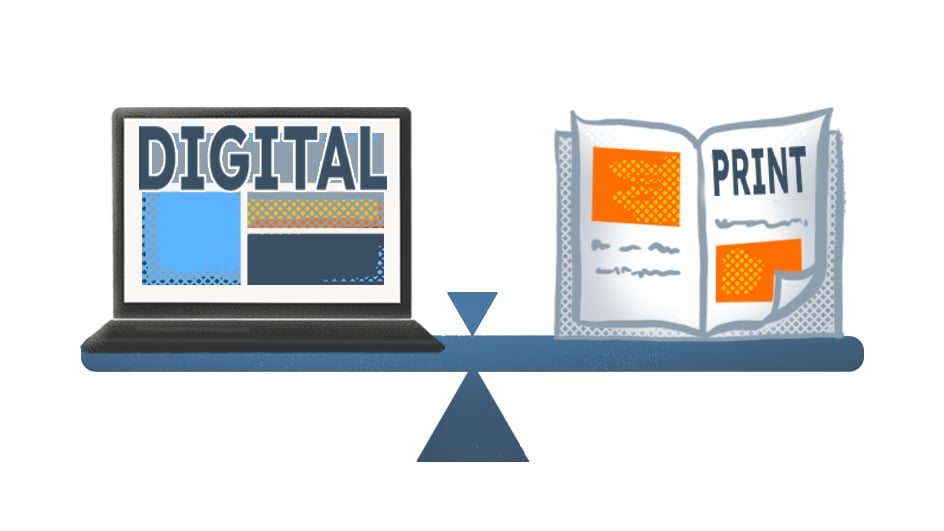In a world of ever-changing trends and technology, businesses often find themselves torn between the traditional marketing strategies they’re used to and emerging digital marketing opportunities. While traditional marketing methods have been around for decades and have proven their effectiveness, digital marketing now dominates as the most powerful way to reach a wider audience and measure results.
In this blog post, we will explore how a blend of traditional and digital marketing can be the difference maker for your business, allowing you to harness the advantages of both.
The Modern Power of Digital Marketing
I don’t have to tell you – the internet is an integral part of our lives. And digital marketing plays a crucial role in connecting businesses and consumers. With social media, search engine optimization (SEO), email marketing and online advertising, digital marketing has unlocked unmatched opportunities for businesses to engage and interact with audiences where they’re already spending time. Digital marketing is an incredibly effective way to increase brand visibility, generate leads and ultimately drive sales.
The Timeless Value of Traditional Marketing
While digital marketing presents undeniable opportunities, traditional marketing techniques continue to hold their own in a modern marketing mix. Traditional marketing methods such as print media, billboards, direct mail, TV and radio have a wide reach and can target specific demographics. These methods are still prominent in certain industries and have the advantage of tangibility, providing consumers with memorable experiences that occupy their physical worlds. Incorporating traditional marketing strategies alongside digital efforts can establish a well-rounded plan to reinforce your message across multiple channels.
Blending Traditional and Digital Marketing
By combining the strengths of both traditional and digital marketing, businesses can effectively reach a wider audience and create a lasting impact. For example, integrating QR codes or website links in print ads enables customers to seamlessly transition from traditional media to digital platforms. Similarly, leveraging social media platforms to promote offline events can generate foot traffic to physical stores. The key is to identify which channels work best for your target audiences and integrate them into a comprehensive marketing strategy.
Tracking and Measuring Success
One of the significant advantages of digital marketing is the ability to track, measure and report on success through analytics tools. Digital marketing provides insights into website traffic, click-through rates, conversions and engagement metrics, allowing businesses to make data-driven decisions. This data can be used to modify and adapt traditional marketing efforts, ensuring a more targeted and refined approach over time.
Elevating the Customer Journey
Blending traditional and digital marketing allows businesses to cater to customers throughout their entire journey, from initial awareness to post-purchase engagement. By aligning messaging and branding across both traditional and digital channels, you can deliver a consistent and seamless experience for customers.
For example, a digital ad can prompt a potential customer to visit a physical store, where they can experience the brand firsthand, leading to an increased chance of conversion and customer loyalty. An integrated approach fosters a holistic customer experience.
Ready to Talk About a Partnership?
In an increasingly digital world, it is important not to overlook the value of traditional marketing. By embracing a blend of traditional and digital marketing, you can reach a wider audience, create a stronger brand presence and enhance your overall customer experience.
If you want to discuss how a mix of traditional and digital marketing could support your business, I’d love to chat. Contact us today to start a conversation.



